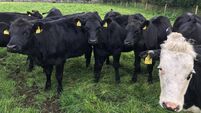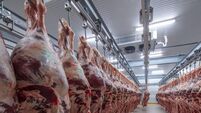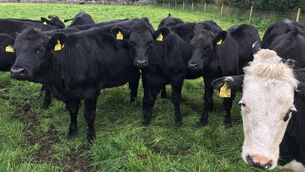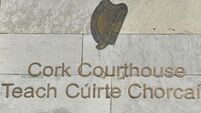Irish people want more forests but not as a reason to produce more timber
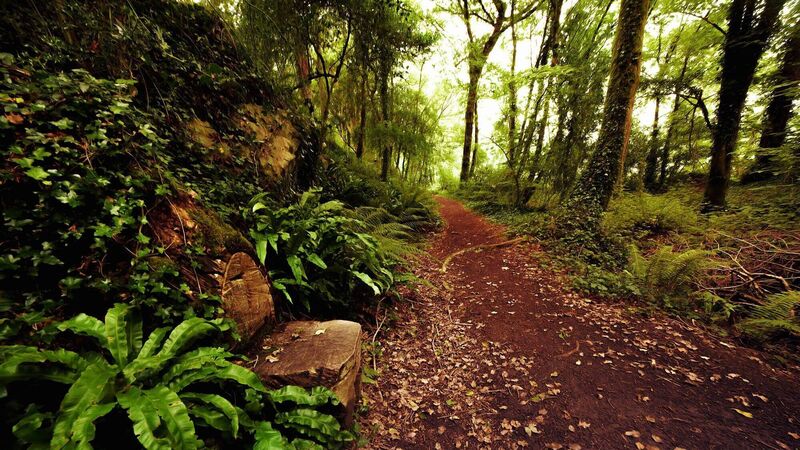
Just 1% of the Irish public want more forests for the production of timber products despite 37% of people using wood as a fuel in their homes.
A large public survey has indicated only 1% see the production of timber and renewable products as the most important reason for new forests, compared with places for wildlife (38%), places for relaxation and mental health (21%), places for recreation and tourism (17%) and to combat climate change (15%).
This emerged in a public attitudes survey which was part of the extensive engagement and consultation by the Department of Agriculture, Food and the Marine in developing the recently published Shared National Vision and Forest Strategy for the future of forests.
For the public attitudes survey, 1,012 adults were interviewed last November. The 769 who said they would like more forests in their county were asked why, and only 4% chose "to improve the landscape", 2% opted for "to support the economy and rural development" (despite 88% agreeing that forests can support local communities through job creation).
"Places for learning and education" was the most important choice for 1%; and "self-sufficiency in timber and wood" for 1% (even though 37% of those surveyed used wood as a fuel in their homes).
However, when responses from those living in rural areas were analysed, the importance of wood use increased to 52%, highlighting the use of wood as a fuel source by rural communities.
The public attitudes survey also sought views of what is perceived as an ideal Irish landscape. For the majority (38%), it is one where ‘forests and agriculture are present, and fairly evenly balanced.'
For 27%, forests would be a ‘major feature of the landscape’, and a similar proportion suggested that ‘agriculture is a dominant feature, but forests are present’.
Among farmers and their dependents in the survey, there was support for more widespread afforestation. Of all those surveyed, 29% visited forests on at least a weekly basis.
About three out of four of those interviewed would like to see more forests in their counties, with a similar percentage wanting to see more trees in their nearest urban area. In the sample of 769 who would like more forests in their county, when asked which trees they prefer, 72% said a mix of conifer and deciduous.
An online public consultation survey opened to all citizens of Ireland, in the spring of 2022, also contributed to the shared national forestry vision. It received 35 open submissions and 3,148 responses, with 87% believing "Ireland needs more forest". Of those who would not like more forests in their county, 62% were from Co. Leitrim.
The economic impacts of forests were recognised in the online consultation survey. There were 55% agreeing that public access to privately owned forests should be facilitated, with those in disagreement seemingly motivated by factors such as concerns about liability, insurance, and anti-social behaviour.
Only 5% disagreed with using more wood products in the construction of Irish homes, but 26% were undecided. However, 27% disagreed with Ireland growing and harvesting sufficient fast-growing conifers (which are estimated to be the source of 80% of global construction wood).
The online survey asked where people would like to see more forestry. There was a preference for more forest on all land types, but a decreased preference for more forests on farmland.
Preparation of the shared vision published by Minister of State with responsibility for Forestry Senator Pippa Hackett, also drew from 641 responses to Irish Rural Link's study of the local impact of trees, woods and forests across Ireland.
The vast majority (85%) in this study believe the ‘current level of forests in Ireland is too little’. But 31% felt forestry had a negative impact on their communities and landscape, and 27% felt it had a negative impact on biodiversity.
A Foróige online youth forum also contributed to development of a Shared National Vision for Forestry. It showed that young people associated forests with peace and fun, and a place to escape from the stresses of work, study, and isolation during Covid-19.
The Shared National Vision calls for the right trees in the right places for the right reasons with the right management, supporting a sustainable and thriving economy and society and a healthy environment.
"By 2050, Ireland’s forests and woodlands will be seen as a symbol of the transformational social, economic and environmental changes that were needed to address the climate, biodiversity, housing and health emergencies of the 2020s."
A much larger and more diverse forest; a valuable, compatible element of the farming enterprise; a thriving and growing forest industry; and Irish-grown timber the material of choice to replace carbon-intensive building products, are parts of the vision.
CLIMATE & SUSTAINABILITY HUB
